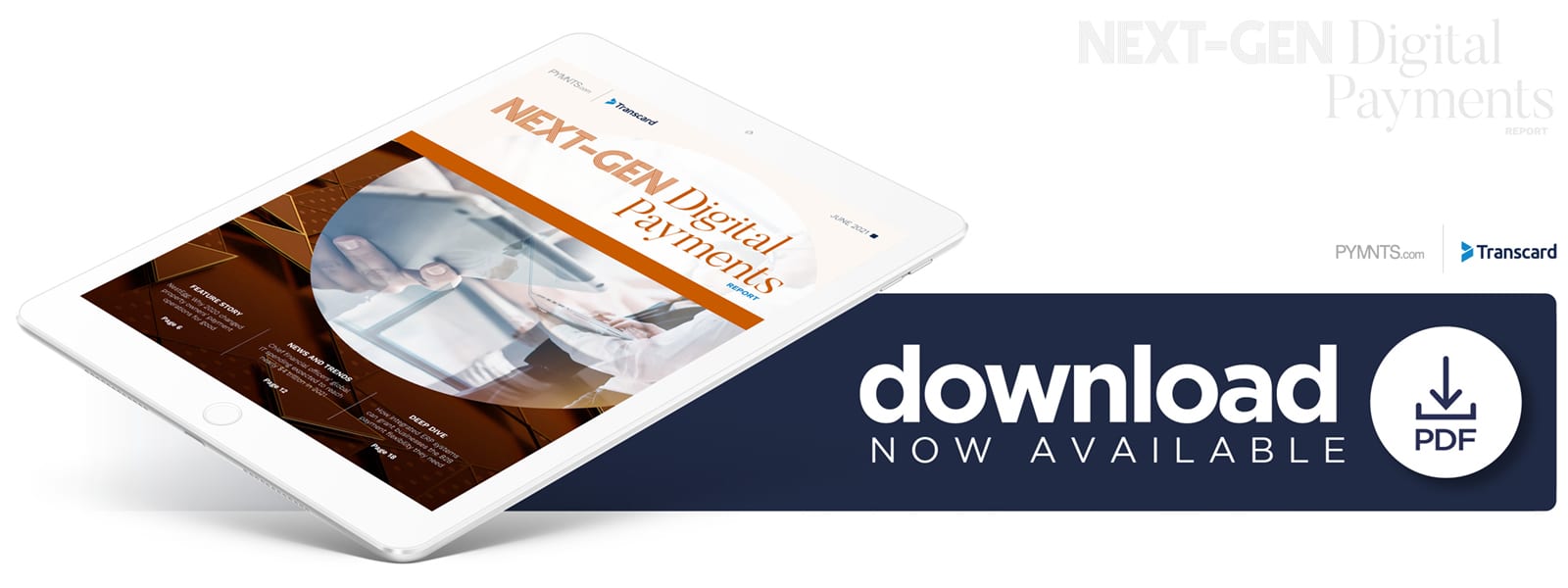Deep Dive: How Pairing ERP Systems With Automation Can Provide Swift, Aggregated B2B Payment Experiences

Seamlessly and cost-effectively managing AR and AP processes has become more challenging as payments have gained complexity. Firms now have a variety of payment methods from which to choose when sending or receiving funds, meaning the companies with which they conduct business must maintain multiple systems to accommodate their disparate needs and preferences. Recent PYMNTS data found that AR departments currently dedicate 23 percent of their staff to managing payments. The recent jump in the number of teams trying to manage AR or AP processes remotely due to the developments of the past year have aggravated this issue, with 22 percent of AP decision-makers agreeing it is harder to pay their vendors on time when their employees are working from home.
Businesses have been taking several steps to enhance their B2B payment processes, including moving on from manual or outdated payment methods, such as paper checks, to digital methods. Sixty-five percent of companies noted they ramped up their transitions to electronic B2B payments over the past year, for example. Many of these companies are still relying on multiple systems or applications to manage their digital payments, invoicing or other AR and AP processes, however, leading to lingering frictions even as these firms move forward on their path to B2B digitization. Businesses must therefore find solutions that can enable them to aggregate all their payments into one place, allowing them to view and manage their AR and AP processes with more clarity.
The following Deep Dive analyzes the potential benefits that integrating payments capabilities with ERP systems could offer businesses, such as streamlined operations and greater transparency into cash flows. It will also examine how pairing these systems with other emerging tools could help companies incorporate new payment tools or related features more flexibly into their ERP systems while also improving security.
How ERP Systems piece B2B payments back together
Fragmented systems and processes are the primary cause of friction in the B2B commerce cycle. Many firms run their AR and AP processes separately or employ different systems for different departments. This is straining businesses’ abilities to successfully send or receive payments and keep on top of their cash flows as the B2B space becomes more digitized. Thirty-two percent of construction firms stated their greatest challenge in delivering invoice or payment information to their own AR departments is the fact that their field and office systems lack the ability to integrate, for example. Attempting to consolidate incoming information from all these different systems and departments is also proving to be costly for businesses, as 50 percent of companies note that high operating costs represent their biggest AR process management challenge.
Removing this complexity and reducing the costs associated with running these systems is therefore key. Innovation has been slow as firms, especially smaller businesses, attempt to tie together multiple payment systems or manage processes that are inoperable with the tools they use to run other operations. Companies that still maintain paper-based files often must scan or otherwise check them against their digital records, for example, slowing down the payments process and resulting in significant costs. One 2017 study found that it cost approximately $2,603 for companies to maintain one five-drawer file cabinet, for example. Determining how to migrate both AR and AP processes to electronic channels and how to manage both incoming and outgoing funds and data is thus crucial to firms as their reliance on fragmented, outdated B2B payment measures grows more frustrating and expensive.
This is where integrating payments capabilities with ERP systems can come in. Integrated payments solutions include multi-rail payment capabilities, seamless uploads of remittance data to any ERP for real-time integration and built-in supplier and customer onboarding. Integrating payments and ERP systems can help businesses stitch together traditionally fragmented B2B payments processes through one holistic platform, reducing friction and costs.
The automation component
It is important for businesses to pair integrated payments and ERP systems with other emerging technologies for optimal transparency and seamlessness. Successfully aggregating ERP services into one easily-managed system requires the use of APIs for ease of use, for example, and implementing automation can also help smooth out previously fragmented processes.
One recent PYMNTS study found that 79 percent of firms agreed that incorporating AR automation improved their teams’ efficiency. Employing automation can also free up time and money among these teams, allowing them to focus their energies on growing business or strengthening client relationships.
Emerging automated technologies and integrated payments and ERP systems will play an essential role in the future of the B2B payments space as businesses lean more heavily on electronic payments for a wider number of these transactions. Putting the systems and technologies in place to keep funds moving seamlessly is critical to companies’ success as digital trends continue.

